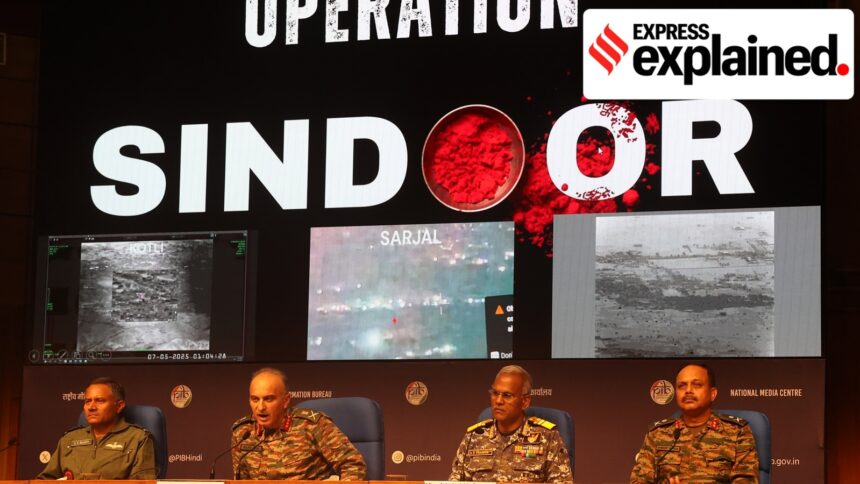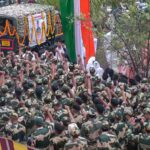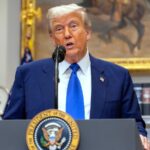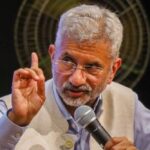BEFORE US President Donald Trump claimed at 5.25 pm (IST), May 10, that the United States “mediated” the India-Pakistan ceasefire over a “long night,” conversations between top leaders in New Delhi and Washington reveal a telling account of what actually transpired over 24 hours between the night of May 9 and afternoon of May 10.
On the night of May 9, US Vice President JD Vance spoke to Prime Minister and informed him of the US assessment that there was a high probability of a “dramatic escalation” of hostility, top sources aware of the talks said. Vance pressed Modi for an off-ramp that will be acceptable to Pakistan, they said.
Modi is learnt to have heard him out. He told Vance that if Pakistan does anything, they must understand the response from India will be very very strong. In other words, the sources said, the answer was that New doesn’t need to give Pakistan an off-ramp. “They better watch what they are doing,” the source said, explaining Modi’s stance.
Within about a couple of hours of the Vance-Modi conversation, the Pakistanis opened up. Their drones and missiles targeted 26 locations, including the air base in Adampur and the Army base in Nagrota. India’s response was exactly what Prime Minister Modi promised it would be. “… take apart those eight air bases,” the source said.
In the wake of India’s “heaviest attack,” that severely damaged Pakistan bases, in the morning of May 10, US Secretary of State Marco Rubio called Minister of External Affairs S Jaishankar. Before that, he had already spoken with Pakistan Army Chief Syed Asim Munir. Rubio is learnt to have said that India’s formulation “you don’t fire, we don’t fire” was fine with Pakistan. “They have told us they will accept that,” Rubio reportedly told Jaishankar.
When asked if the US prevailed upon Pakistan to agree to the “stoppage of firing and military action,” another source aware of the developments said, “Why did the DGMO of Pakistan call? Not because somebody spoke in good English. It is the loud noise (from our side) that came when something dropped from the sky.”
“The fact is they changed the tune. But we wanted to hear it from the Pakistanis. The message has to come from them, from their Director General of Military Operations. That is the only channel,” said the top source.
The sources said Jaishankar had conveyed this message to Rubio earlier on May 7 too. “DGMO to DGMO is the practice,” the source said, reiterating that communication channels between India and Pakistan were on at different levels.
“So 1 pm, the DGMO of Pakistan asked for a call. Our DGMO was in a meeting. The actual talk could take place only at 3.30 pm. My sense is probably the Americans would have picked it up from the Pakistanis… After 3.30 pm, they had a talk. Then our DGMO went up (to check with higher authorities). Their DGMO would have gone up. So, there would have been a gap between the talks and they (the US) putting it out,” the source said.
All this while, the US never gave any signal that President Trump would claim that the US brokered the ceasefire on social media.
Asked about Rubio’s statement on further talks between India and Pakistan at a “neutral” venue and Trump’s offer to mediate on Kashmir, the source said, there was no change in India’s stance on dealing with Pakistan. “There are well-settled bilateral mechanisms in place,” he said. Further, there was no discussion on increasing trade with India as Trump suggested.








